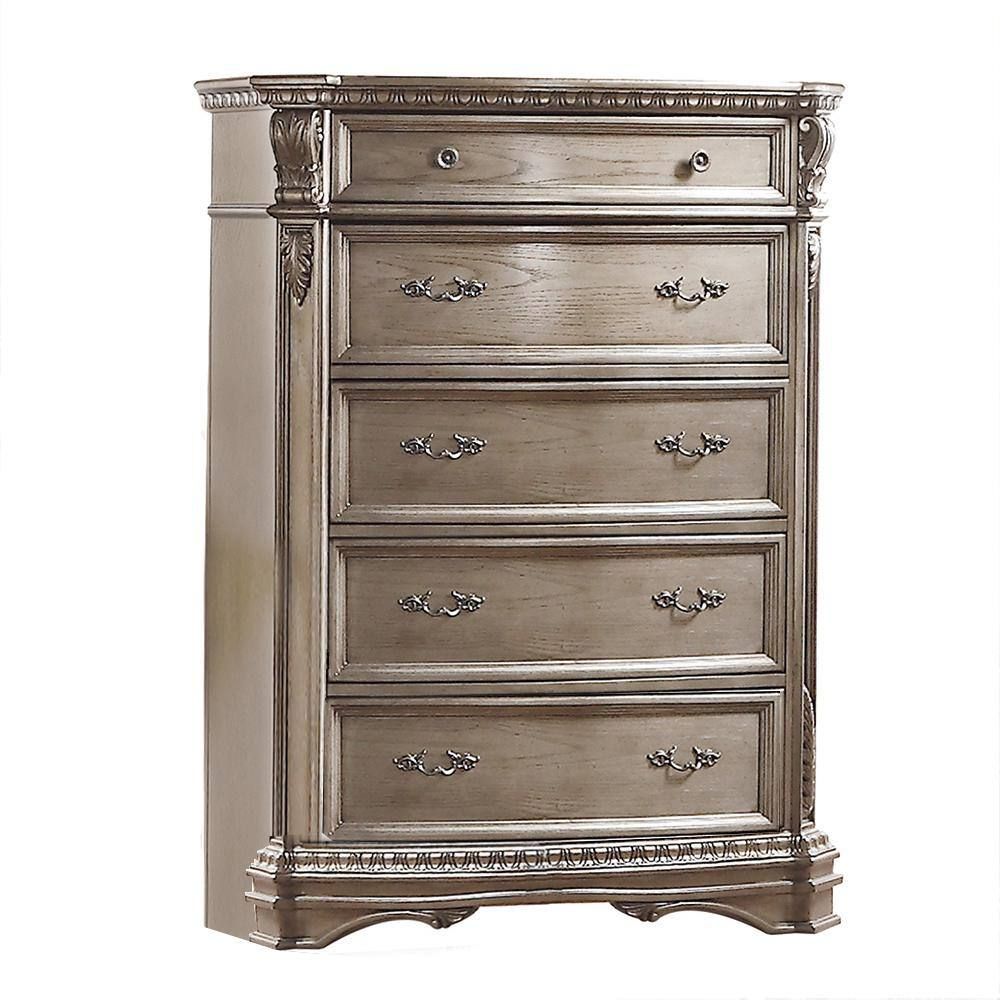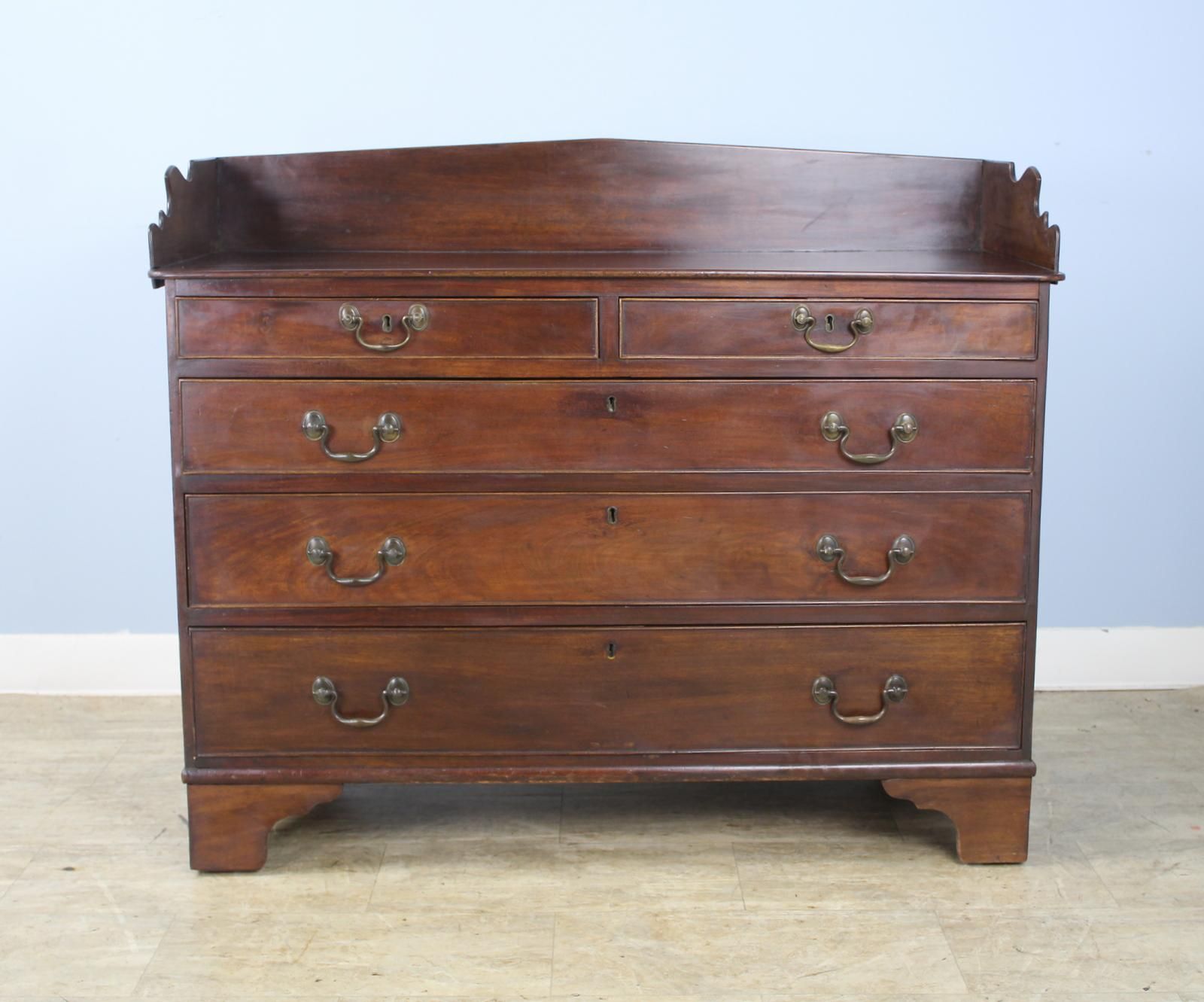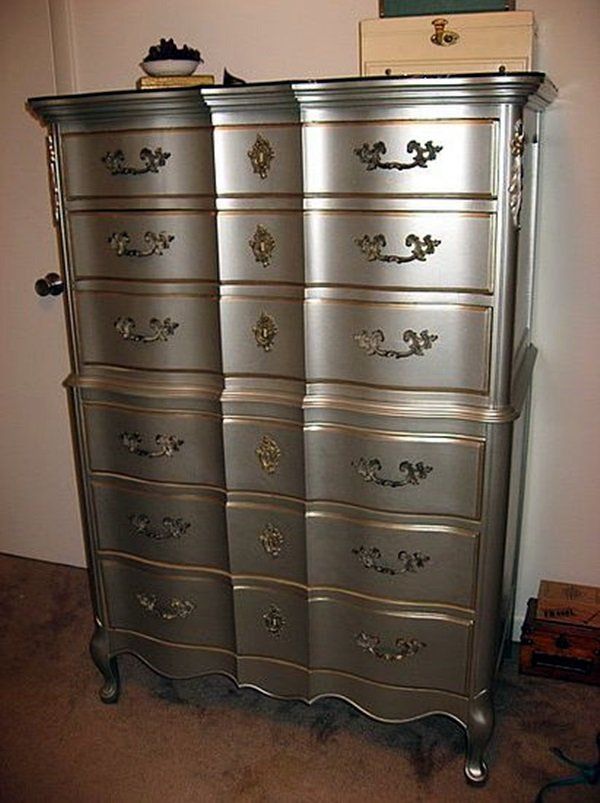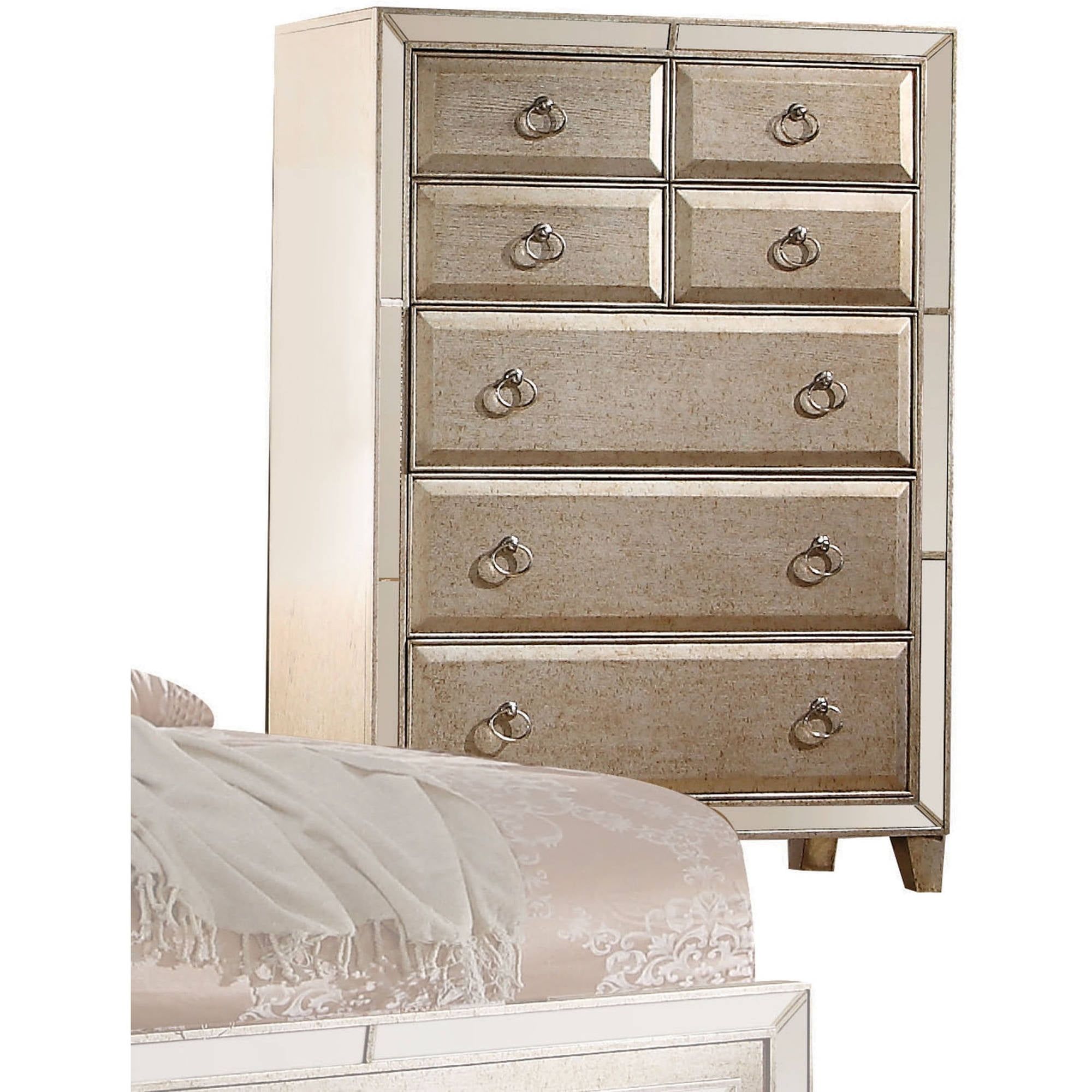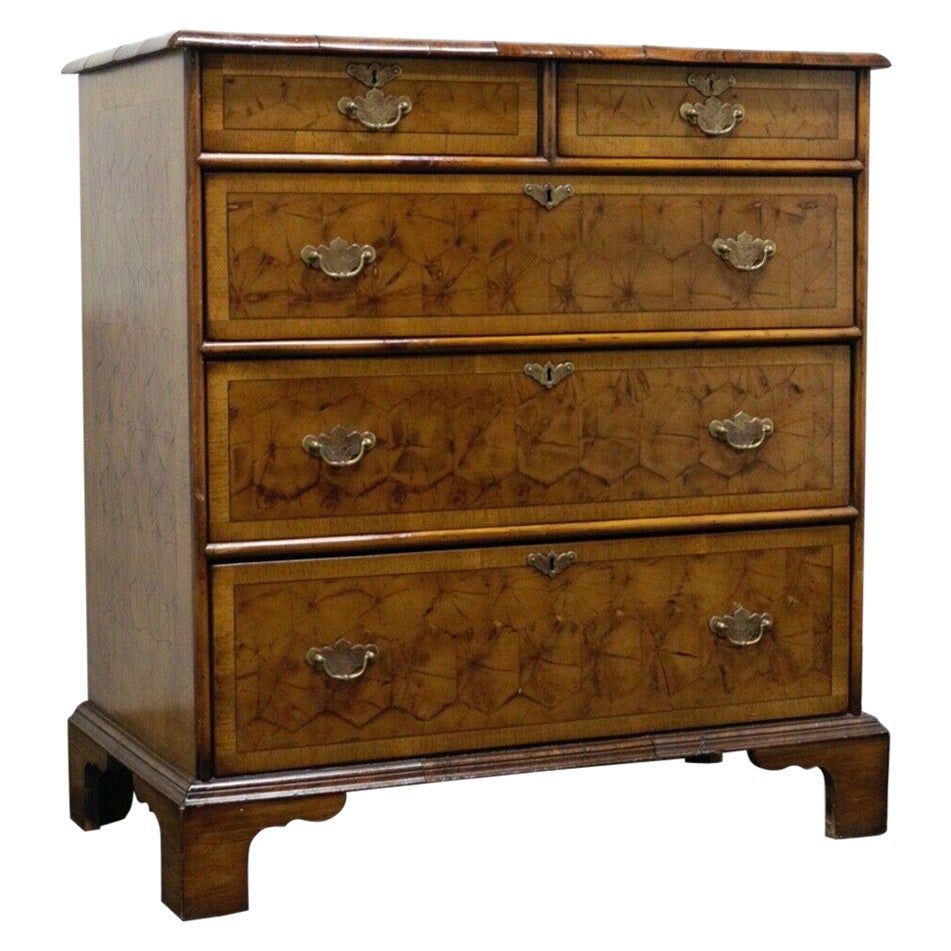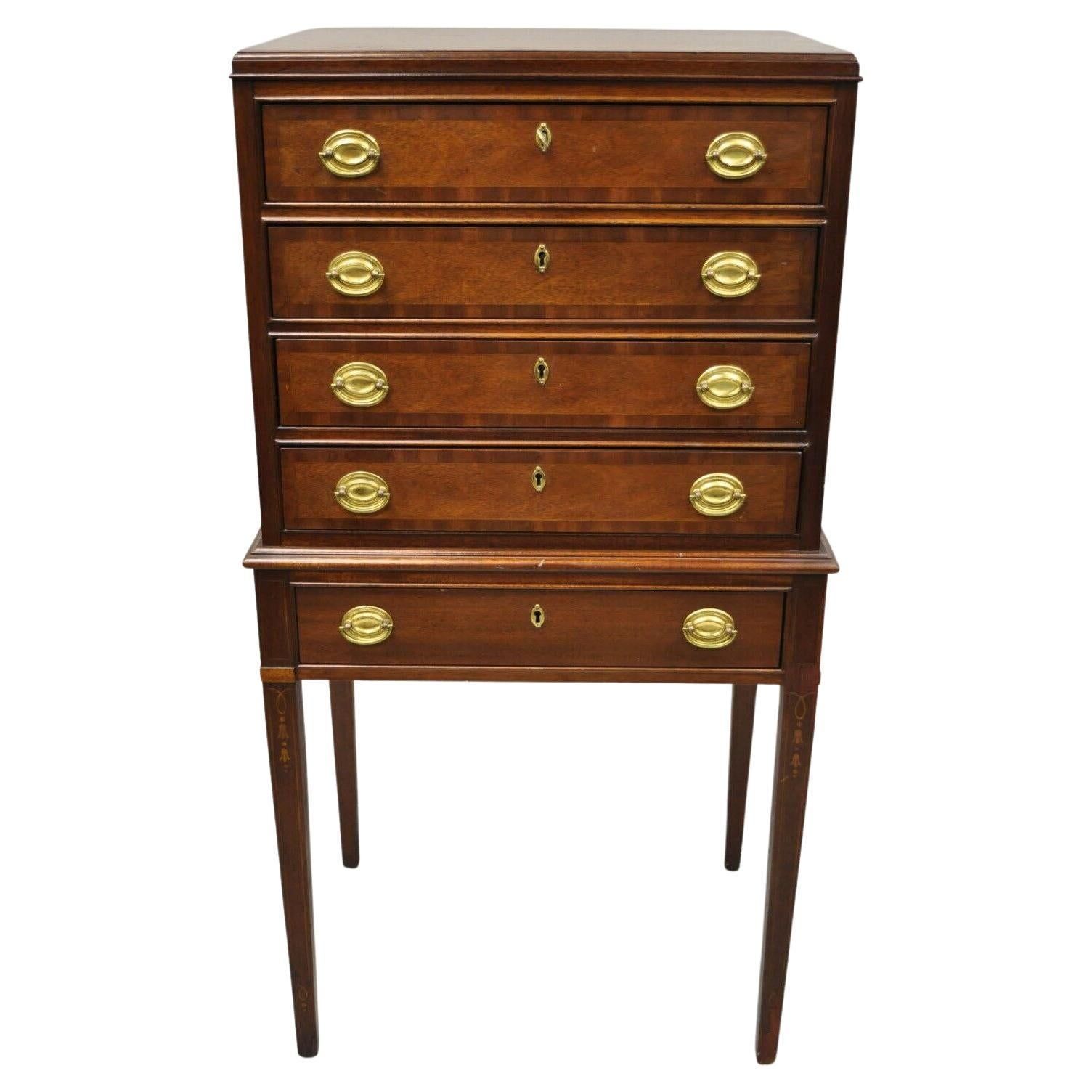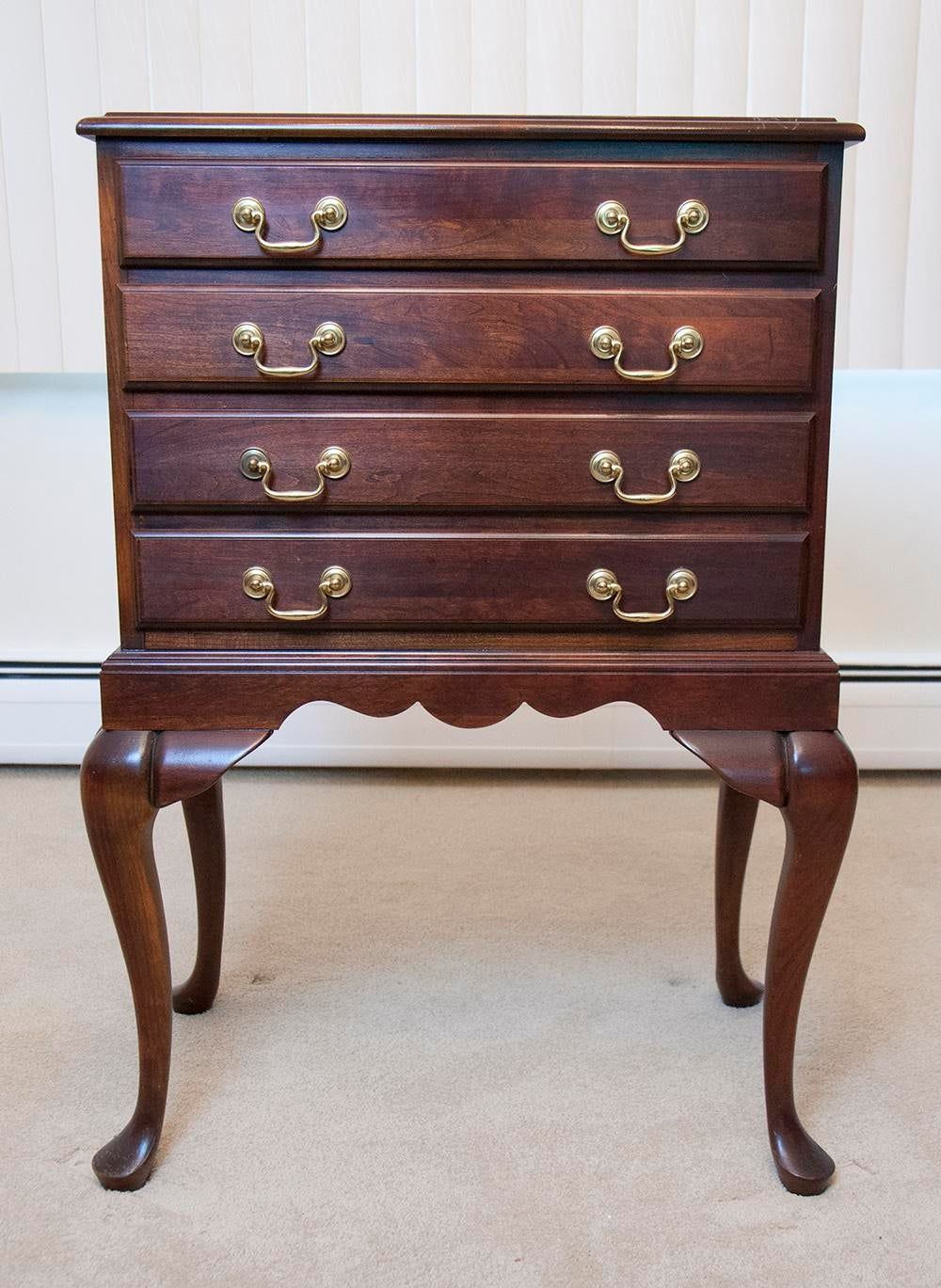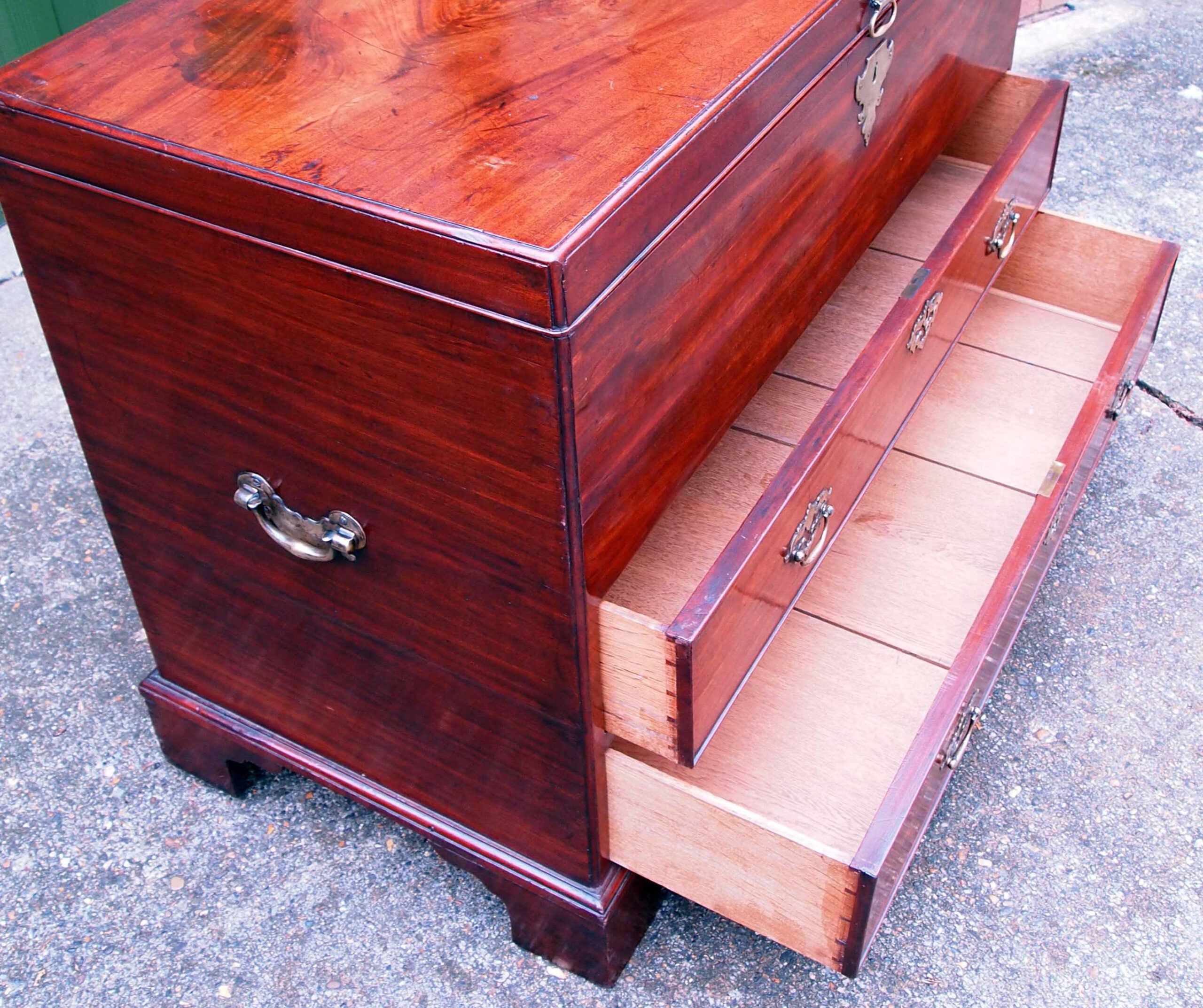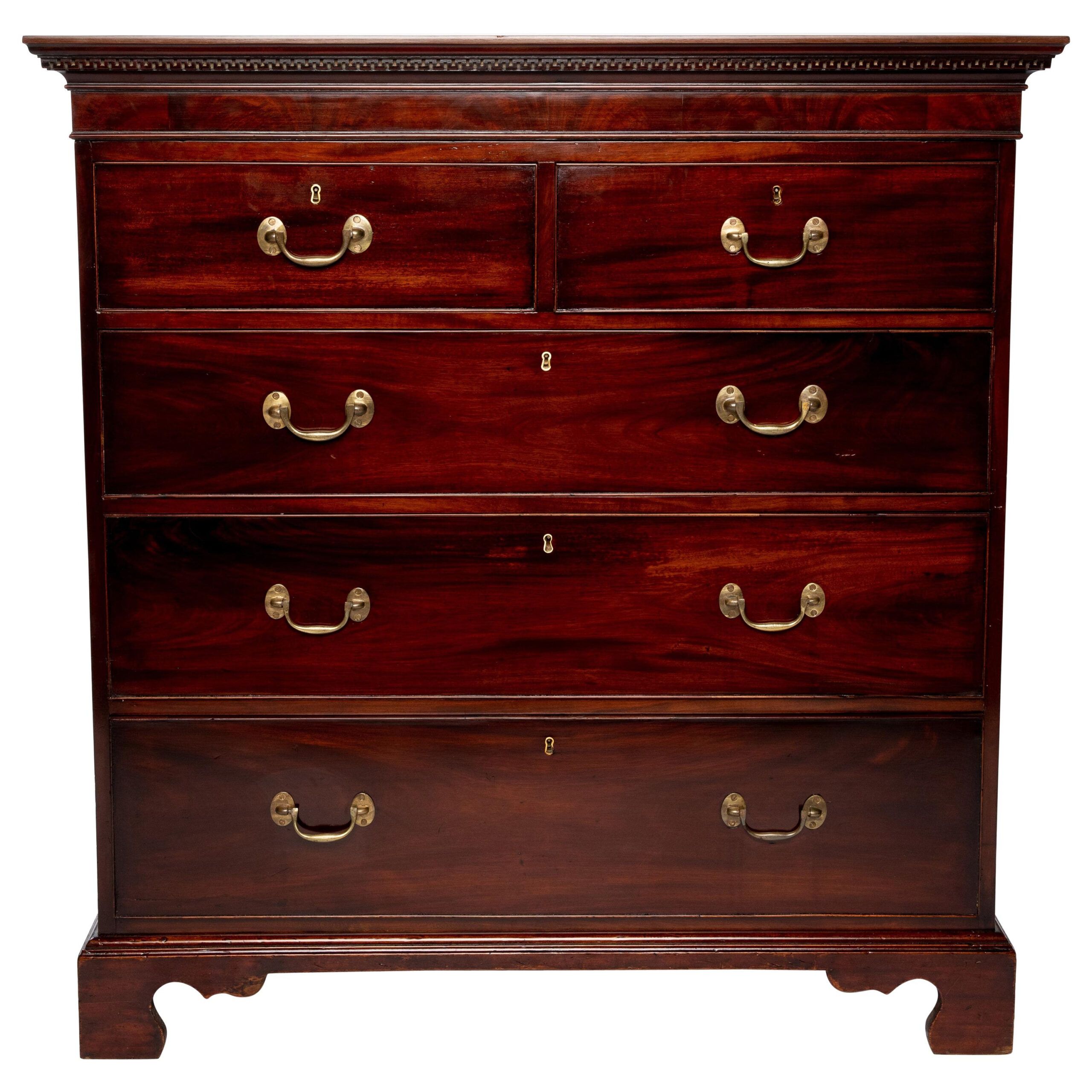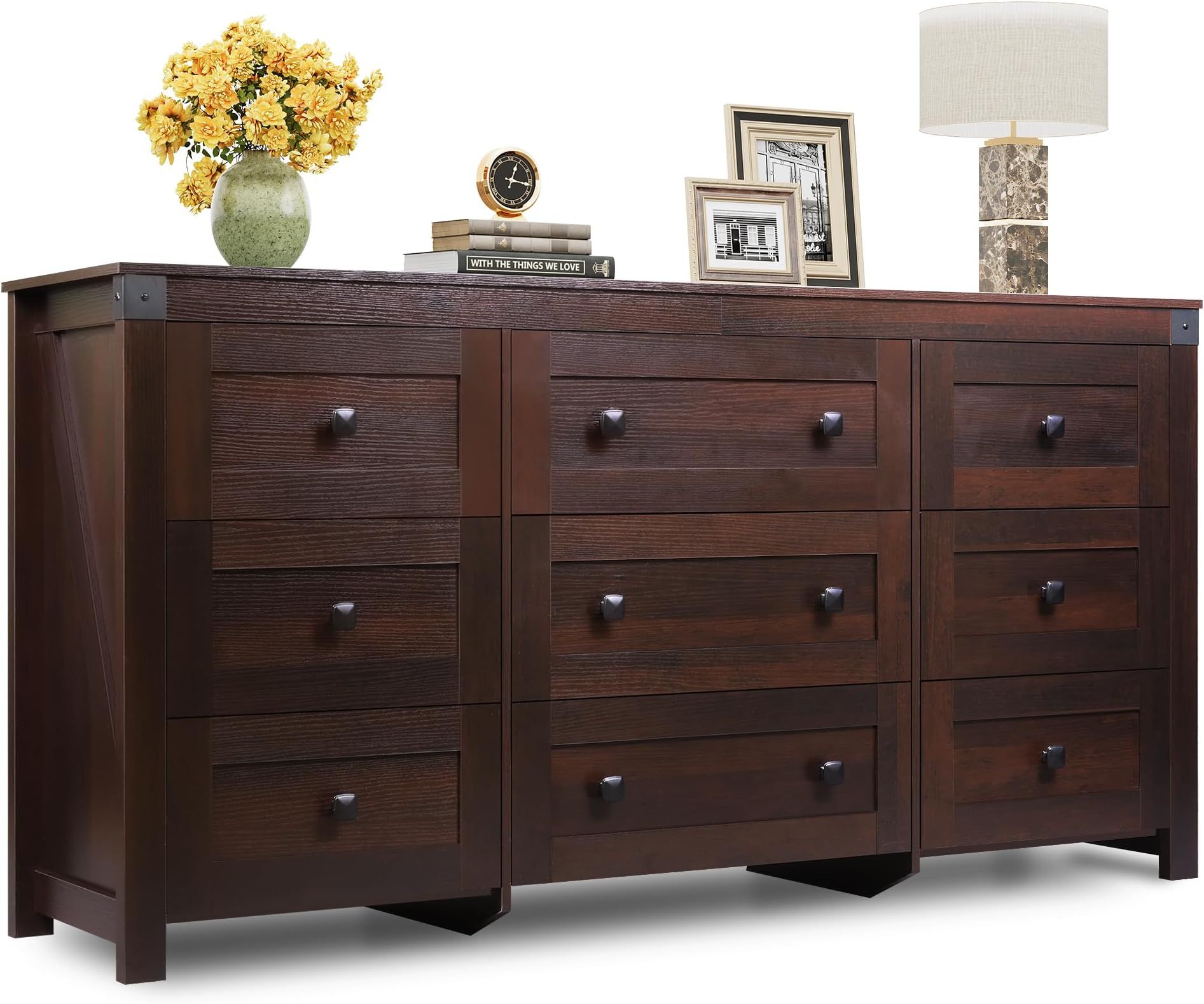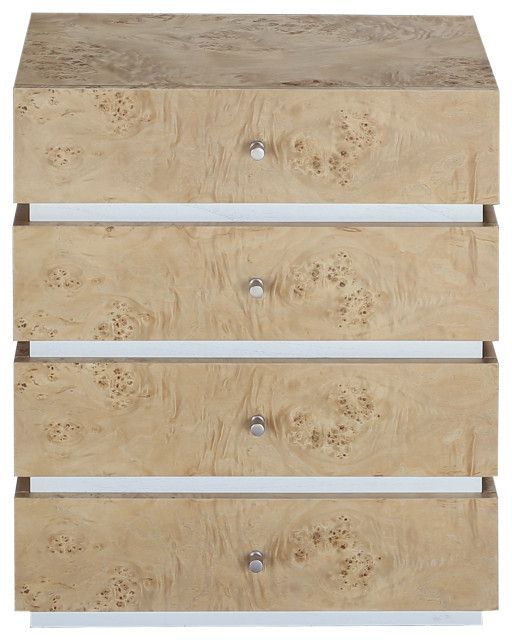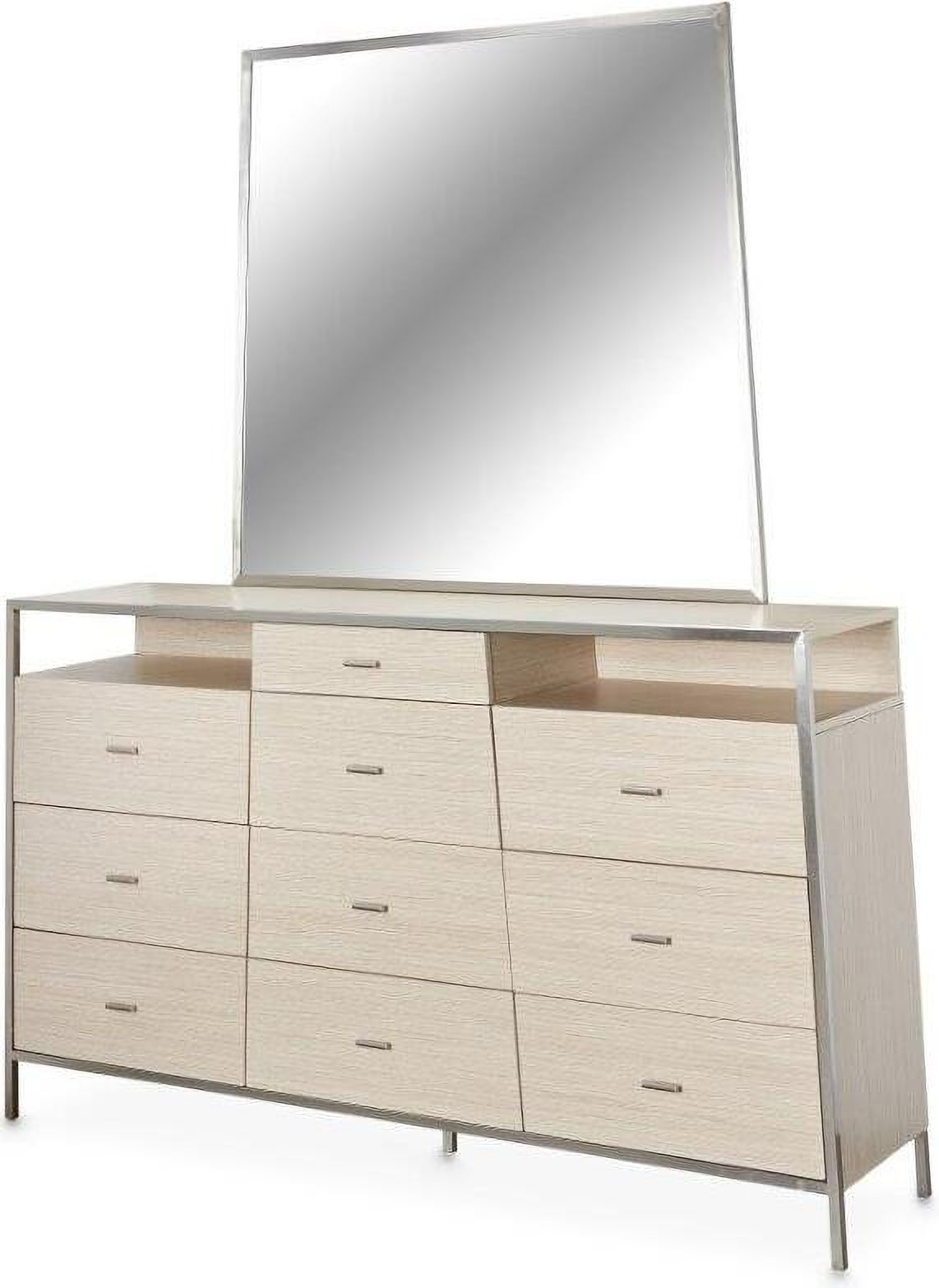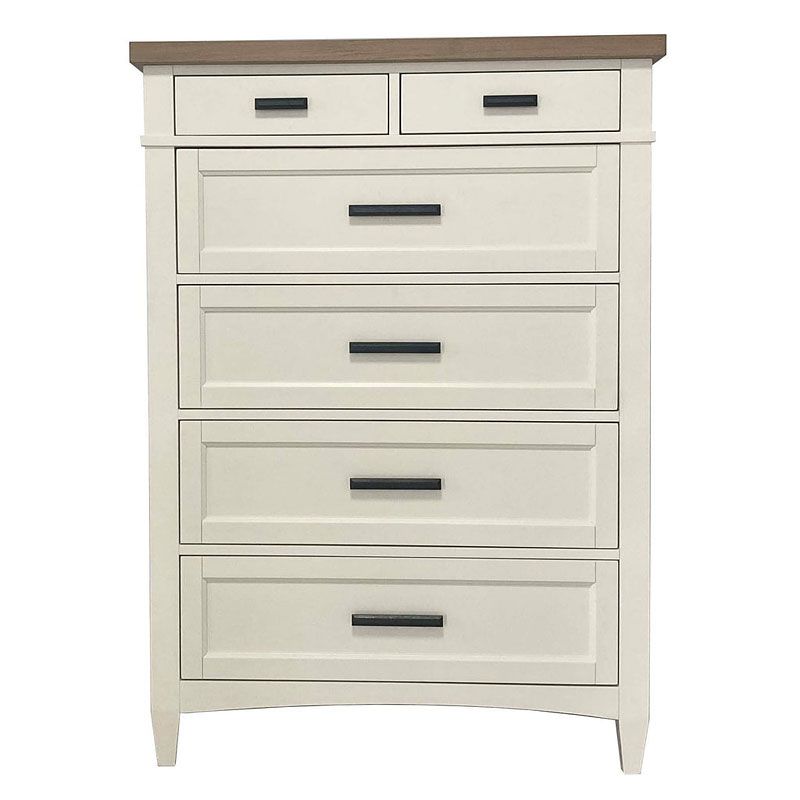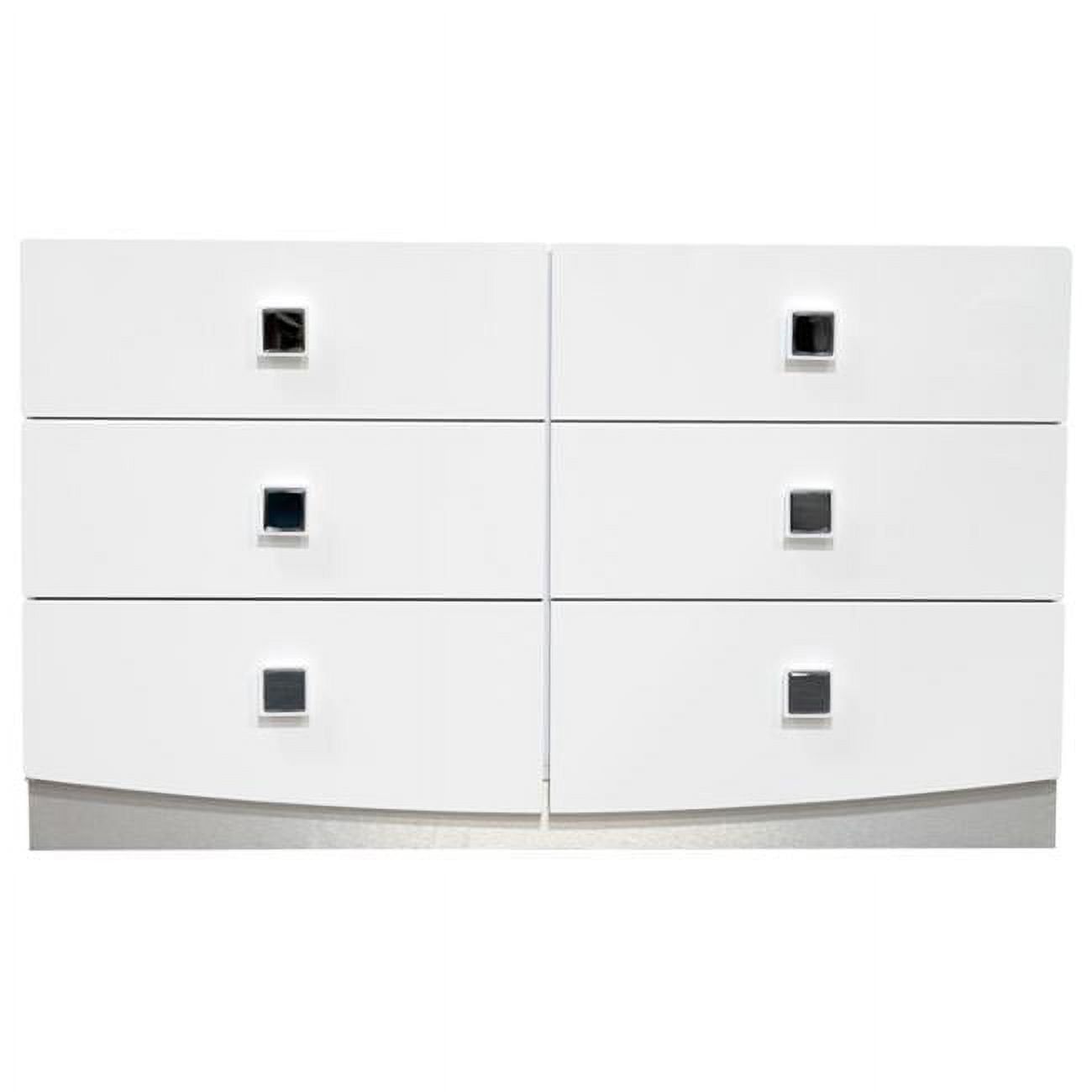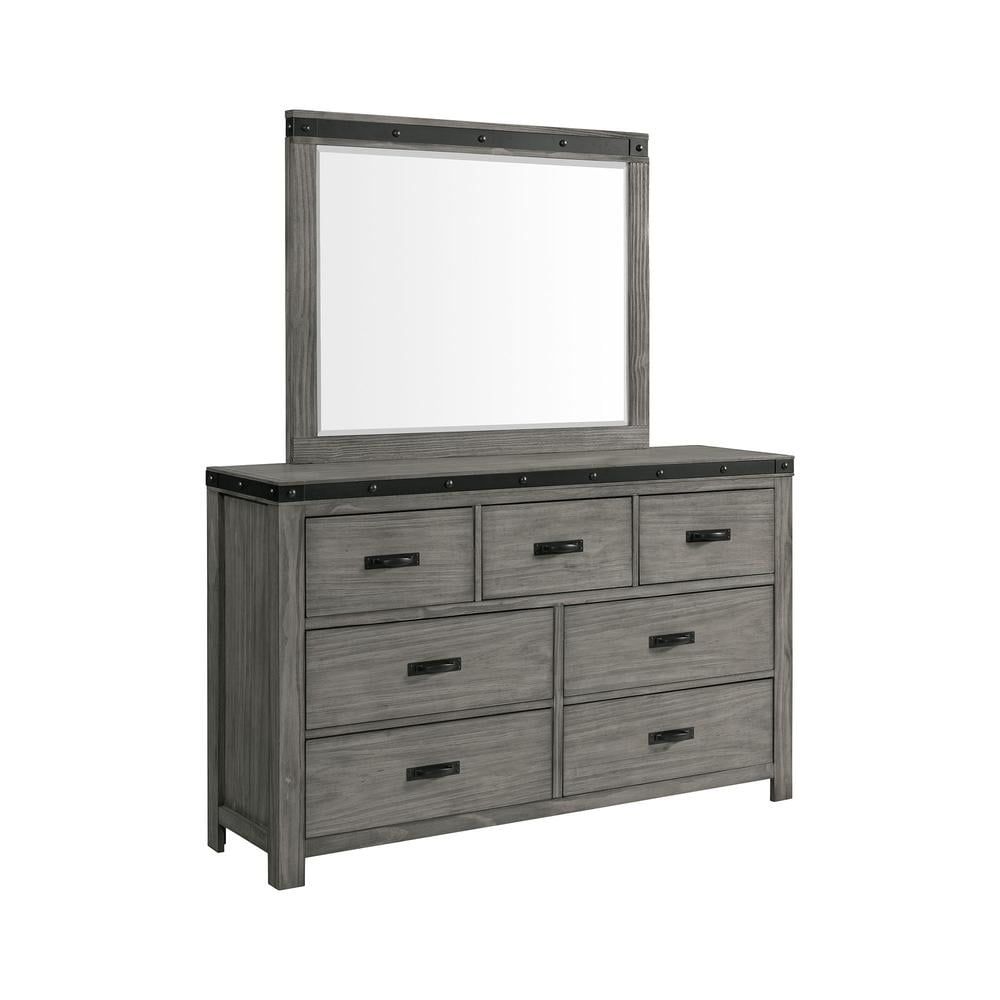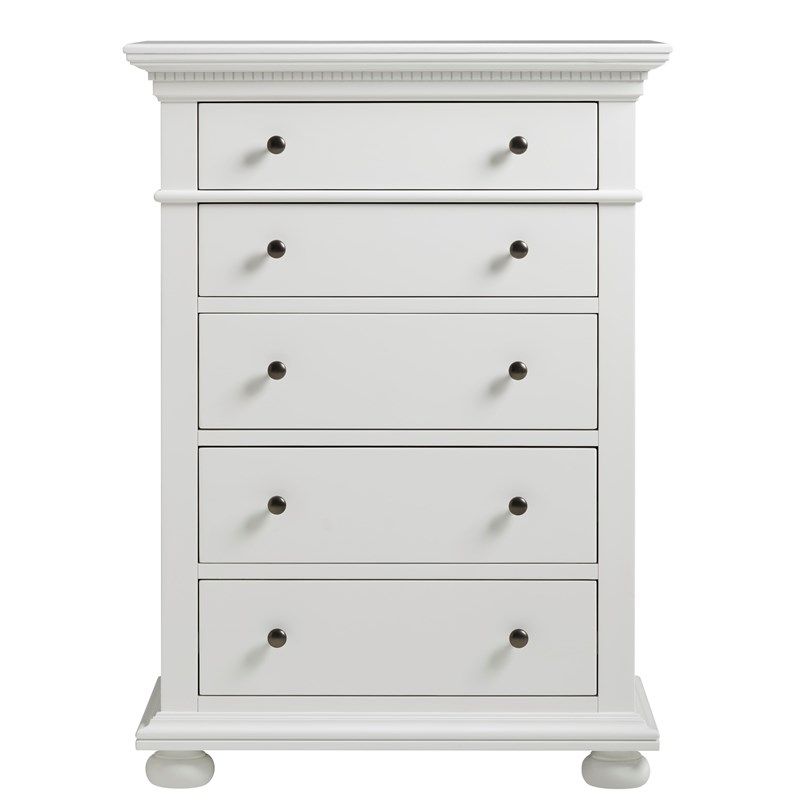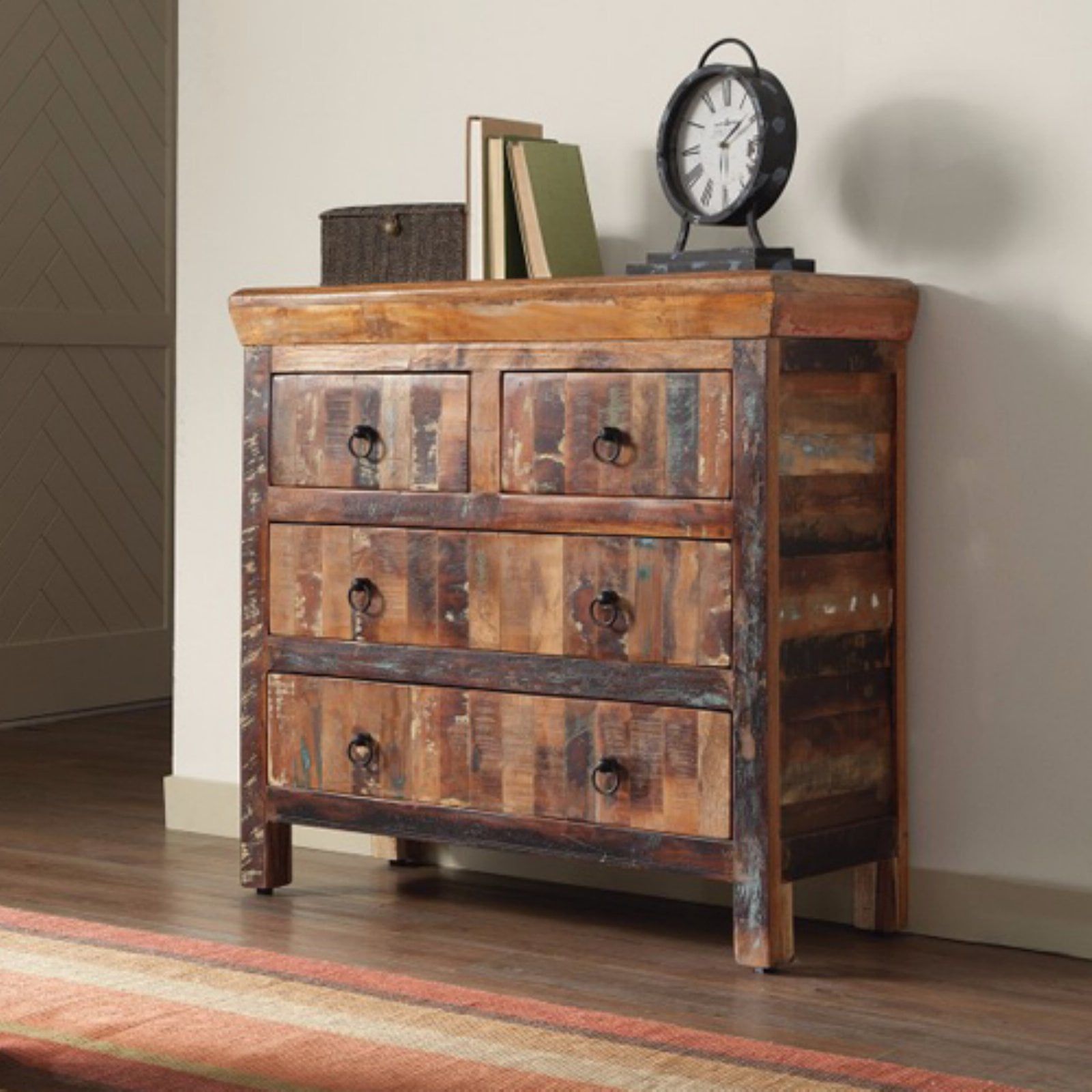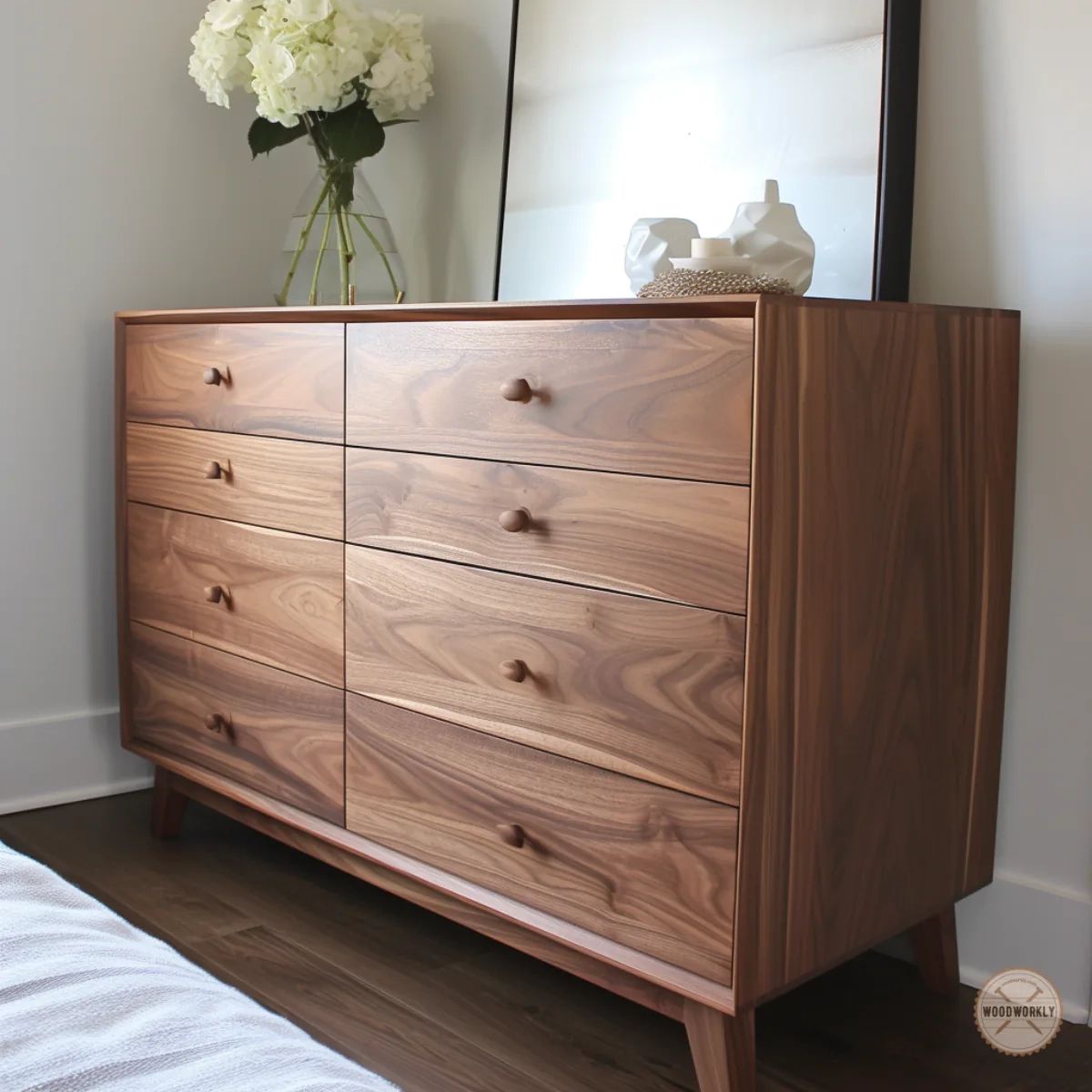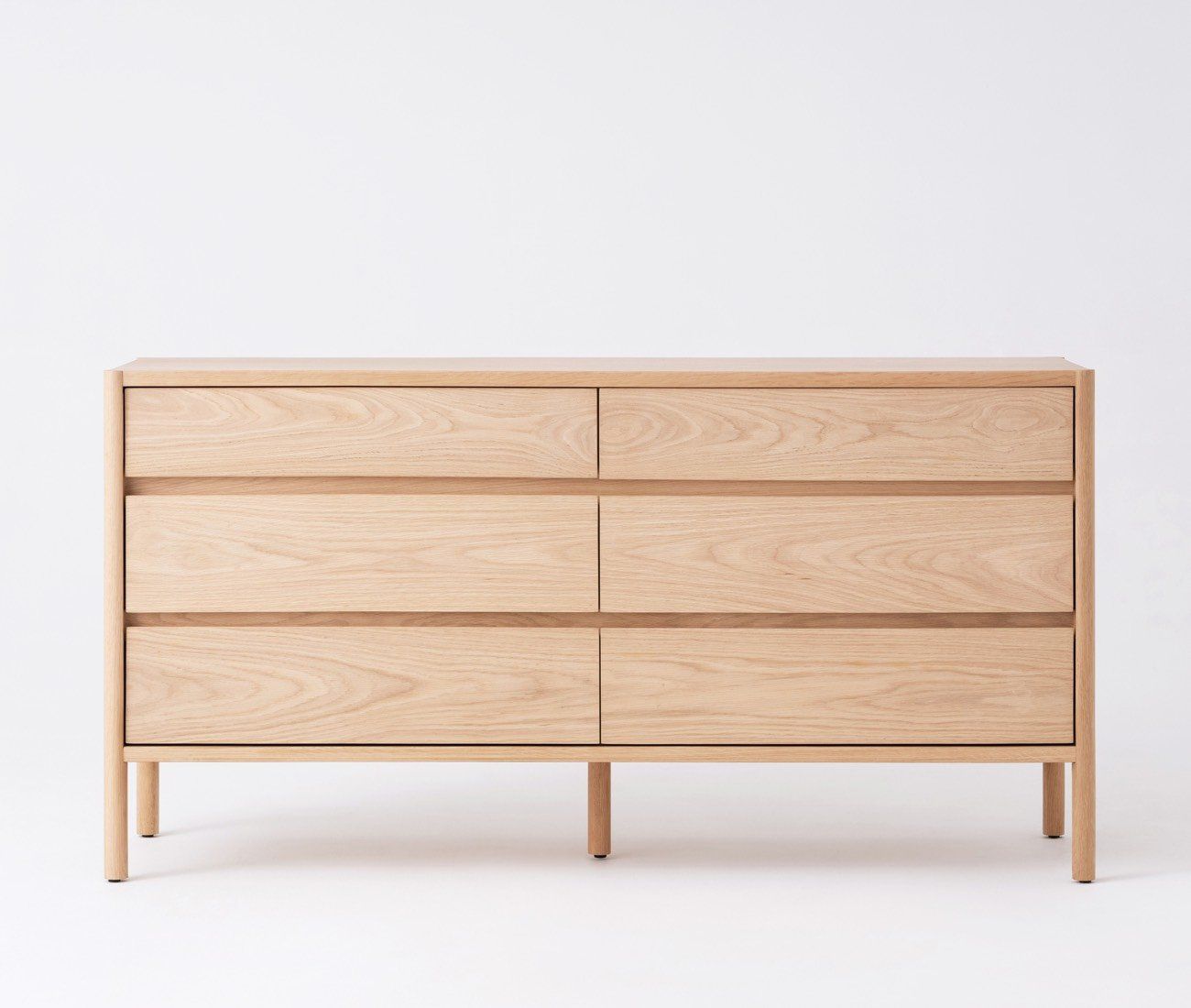Have you ever looked at an old piece of furniture and wondered about the lives it touched, the secrets it held? A 5-drawer antique silver chest isn’t just a place to store shiny things. Oh no, it’s a veritable time capsule, a silent witness to generations of grand dinners, quiet celebrations, and perhaps even a few whispered confessions. These aren’t just utilitarian objects; they’re pieces of history, crafted with care and designed to protect treasures. But what makes one of these chests truly special, and how can you really understand the tale it tells?
Imagine a time when silver was not just a metal, but a symbol of status, wealth, and refined taste. Families invested heavily in their silver collections – elaborate tea sets, gleaming candelabras, delicate flatware for every course. But where to keep such precious items, safe from tarnish and damage? Enter the silver chest, a specialized piece of furniture designed precisely for this purpose. A 5-drawer antique silver chest, in particular, offers a fascinating glimpse into the domestic arrangements and social customs of bygone eras. It’s not just about the chest itself, but the entire ecosystem of elegance it represents.
A Glimpse into History: The Evolution of the Silver Chest
Silver chests, as we know them, really came into their own during the 18th and 19th centuries, though earlier forms certainly existed. Before that, silver might have been kept in strongboxes or even just wrapped in cloth. As silver became more accessible to the burgeoning middle classes, and as dining rituals grew more formal, the need for proper storage became paramount. These chests were often custom-made to fit a family’s specific silver collection. You’d see them in grand dining rooms or even dedicated silver pantries, designed to keep the air out and prevent tarnish. Think about the bustling households, the servants carefully polishing and arranging, the anticipation of a grand feast – all centered around the contents of this very chest. Each drawer, with its specially fitted compartments, tells a story of meticulous organization and pride.
Craftsmanship and Materials: The Heart of Its Value
What truly sets an antique silver chest apart is the craftsmanship. These weren’t mass-produced items. They were often made by skilled cabinetmakers using high-quality woods like mahogany, walnut, or oak. Look closely at the joinery – dovetail joints, mortise and tenon construction – these are hallmarks of quality and durability. The lining is crucial too. Historically, chests were lined with baize or felt, a soft, dense woollen fabric, often green or blue, chosen specifically to protect the silver from scratches and absorb moisture. Some even had camphor wood elements to repel insects and add a pleasant scent. The hardware – hinges, locks, and handles – can also tell you a lot. Are they original? Are they brass, bronze, or even silver-plated? Small details like these can significantly impact a chest’s overall worth and authentisity.
Decoding the Drawers: What Each Compartment Tells You
A 5-drawer silver chest is particularly interesting because it suggests a substantial silver collection. Each drawer was usually designed for specific types of items. The top drawer might hold flatware – forks, knives, spoons, perhaps even special serving pieces. The second could be for larger items like serving spoons, ladles, or carving sets. Then you might have drawers dedicated to tea and coffee services, or perhaps even specialized pieces like fish servers or asparagus tongs. The bottom drawer could be for those truly grand items – large platters, tureens, or candelabras. The internal layout, the specific cut-outs for each piece, are like fingerprints, revealing the original owner’s tastes and the scale of their entertaining. It’s a fascinating puzzle to piece together.
Assessing Its Worth: More Than Just Age
Determining the value of an antique silver chest involves several factors beyond just its age. While age is important, condition is paramount. Is the wood free from major cracks or repairs? Is the lining intact and clean? Are all the original fittings present? Rarity plays a role too – a chest by a renowned maker or with unique design elements will command a higher price. Provenance, a fancy word for its history of ownership, can also add considerable value. If it belonged to a notable family or was part of a significant estate, that’s a huge plus. And, of course, aesthetics matter. Is it an attractive piece of furniture in its own right, something you’d want to display? Sometimes, even a chest that once held silver can be repurposed beautifully, adding to its appeal.
Caring for Your Treasure: Preservation Tips
If you’re lucky enough to own a 5-drawer antique silver chest, caring for it properly is key to preserving its beauty and value. First, keep it in a stable environment – avoid extreme temperature fluctuations or high humidity, which can damage the wood and lining. Dust it regularly with a soft cloth. If the lining is worn, resist the urge to replace it with modern materials, as this can detract from its authenticity. Instead, consult with a professional conservator. For the silver inside, store it clean and dry, perhaps even using acid-free tissue paper or specialized anti-tarnish strips. Remember, these chests were built to last for generations, and with a little care, yours can continue its tale for many more.
Beyond Storage: Repurposing and Displaying Your Chest
While its original purpose was to house silver, a beautiful antique silver chest can find a new life in a modern home. Imagine it as a unique side table in a living room, its drawers repurposed to hold linens, board games, or even craft supplies. In a bedroom, it could serve as a distinctive dresser or a storage unit for jewelry and accessories. The rich patina of the wood and the elegant design can add a touch of timeless sophistication to any space. It’s a conversation starter, a piece that invites curiousity and admiration. By giving it a new role, you’re not just preserving history, you’re integrating it into your daily life, allowing its story to continue in a fresh and exciting way.
The 5-drawer antique silver chest is more than just a functional item; it’s a testament to a bygone era’s commitment to quality, beauty, and the meticulous care of cherished possessions. Each scratch, each subtle imperfection, each perfectly fitted compartment tells a piece of its journey. When you look at one, you’re not just seeing wood and felt; you’re seeing generations of careful stewardship, grand entertaining, and the quiet dignity of treasured heirlooms. It’s a tangible link to the past, a piece of furniture that reminds us of the enduring value of craftsmanship and the stories that objects can hold. And isn’t that just a wonderful thing?
